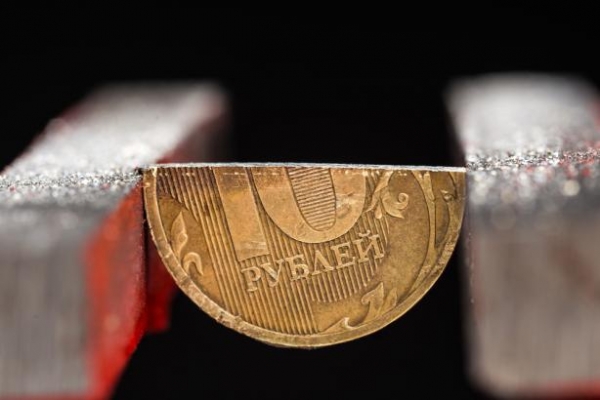
The government is considering the possibility of cooperation with Peru, Israel, Republic of Korea, China, Chile and other States.
The government is considering the possibility of creating free economic zones in the post-Soviet space but also beyond it. In September prepared a detailed report on the prospects of signing free trade agreements (FTAs) with 12 countries. In the short-list were: Egypt, Israel, India, China, Indonesia, Iran, Cambodia, the Republic of Korea, Venezuela, Nicaragua, Peru, and Chile. As explained in the Ministry of economic development, the question of the conclusion of free trade agreements is regularly raised Russia’s trading partners at various levels, including the bilateral intergovernmental commissions.
Meanwhile, Russia is the Eurasian economic Union along with countries such as Armenia, Belarus, Kazakhstan and Kyrgyzstan. This imposes certain obligations on the Russian side, and the conclusion of such agreements cannot be made without considering the interests of all countries — participants of the EAEC.
Along with increasing numbers of SST observed and the geographic expansion of regional trade and economic cooperation. So, if historically, FTAs were concluded with States that are close geographically, it is currently possible to speak about the creation of a significant number of cross-regional FTAs, the unites States, not only having shared customs borders, but also in some cases on different continents — said the Ministry.
Such agreements provide for much deeper reciprocal liberalization in trade in goods and services, investment cooperation than the already existing multilateral commitments of Russia, therefore a possible economic integration outside the post-Soviet space should not only meet current, but also strategic interests of national business and Economics. After the conclusion of such agreements entails changes in the conditions of market access countries: canceled customs duties, taxes and charges, and quantitative restrictions on goods.
You also have to consider the entire range of interests and risks associated with deep mutual liberalization, including in areas that relate to internal measures of business regulation and Commerce, — noted in Department.
In this regard, the Russian side will assess the balance of benefits and losses from such agreements and it is planned to study various options of coverage depending on the anticipated economic integration and presence of partner countries in the EEU similar agreements.
Adding fuel to the fire and the fact that last year, the United States and Japan agreed with 11 countries on the establishment of the largest trade Union. The idea States the TRANS-Pacific partnership should reduce the economic impact of China and its partners in ASEAN and APEC in the international arena. Economic forecasts new Alliance will control 40% of world trade. Of course, Russia in this Union do not wait.
According to Executive Vice-President of the Russian Union of Industrialists and entrepreneurs (RSPP) Alexander Murychev, search of potential partners is associated not primarily with the US response to their new partnership, although this motif is present, and to a greater extent with the future development of Russia itself.
— The initiative comes in the framework of the EAEU. Expand the membership of the trading partners at an accelerated pace, of course, not worth it. We first need to delve into the internal trade relations and develop them. But it’s the right development program, and we are now looking for potential partners, loyal to Russia, which has experience of trade relations and there is a desire to increase trade, joint direct investment and create new production. We have something to offer in terms of free trade, — said Alexander Murychev.
Recall that the first international document on free trade zone between the EEU and the third party was the agreement with Vietnam which was signed in may 2015. The agreement provides, in particular, the terms of the tariff liberalization of merchandise trade between the EEU and Vietnam by reducing or zeroing of rates of the import customs duties on a significant group of products.








